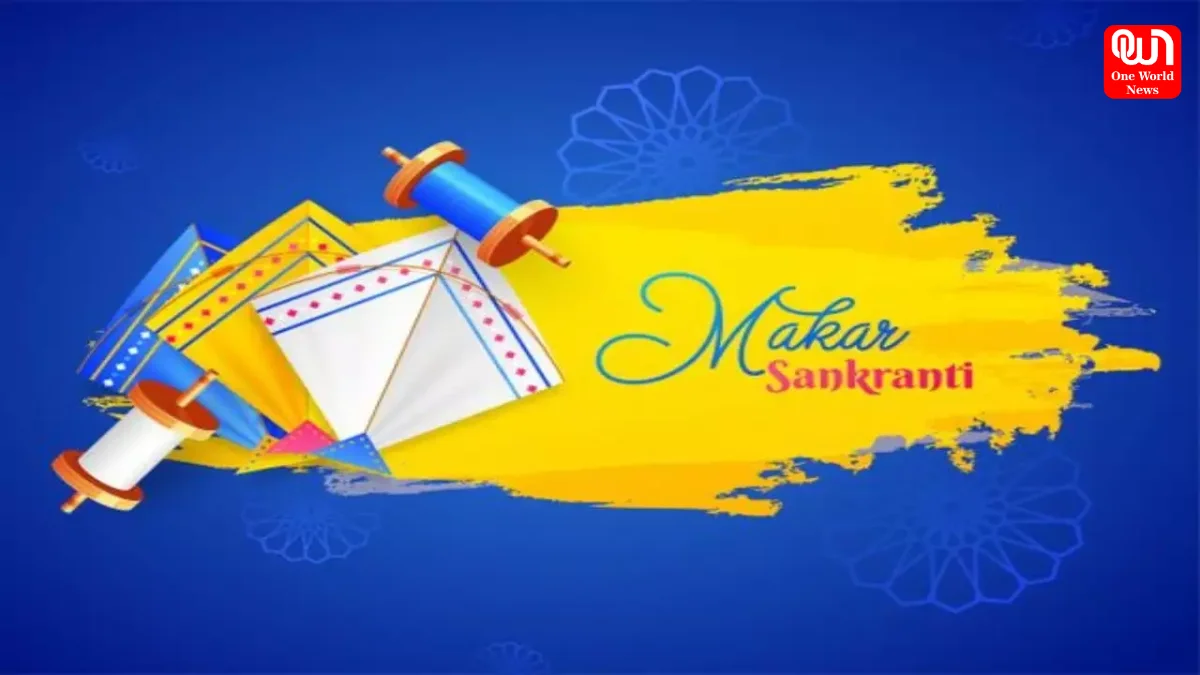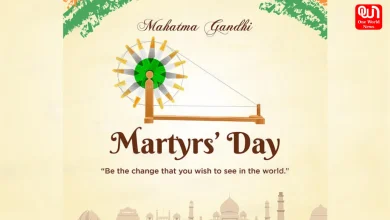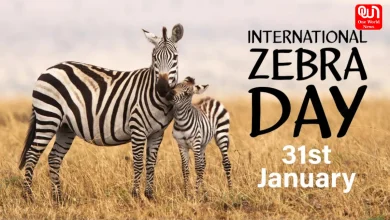Celebrating Uttarayan: The Vibrance of Makar Sankranti
Celebrate the vibrant colors, traditions, and unity of Makar Sankranti, a festival marking the celestial transition and spirit of renewal across India.
Uttarayan Celebration: The Vibrant Colors, Traditions, and Unity of Makar Sankranti
The turn of the sun from one zodiac sign to another finds the country under full pomp and gaiety through the several festivities that unfold, Makar Sankranti. Thus, on a Uttarayan by another name at this festival, one can finally be prepared as days start taking long as it takes for slow retreating Winter to take to leave. However, astronomical phenomena bring their culture color-full of rich traditions and fusion along with integration in it for people.
A Festival of Celestial Transition
Makar Sankranti occurs on 14th or 15th January every year. Unlike most Hindu festivals, which are based on the lunar calendar, this festival is solar calendar-based, that is, it falls on the same date every year. The festival symbolizes the northward journey of the sun (Uttarayan) and symbolizes the victory of light over darkness and knowledge over ignorance.
This is a phenomenon of Vedic tradition. It is a festival of rebirth, positivity, and spiritual enlightenment. Many people bathe in the sacred waters of rivers Ganges, Yamuna, or Godavari to cleanse their soul and reach moksha or salvation.
Read more: Celebrating the Joy of Harvest: Makar Sankranti’s Vibrant Festivities and Timeless Traditions
Kite Flying: A Festival in the Sky
In Gujarat, Uttarayan is synonymous with kite flying. The clear sky over the bright blue becomes a vibrant canvas as people of all ages come out on to the terraces to fly kites. Bigger and smaller kites in bright colors float in the air against the somber backdrop of the winter sun. It finally gathers the challenges at the crest with the fun-filled “Kai Po Che!” (I have cut your kite!) of each challenging voice coming from everywhere in the air.
This festival was not an amusing ritual, however; it depicted the aspirations flying high on kite strings ascending step by step up into the wind. As this was done amidst hope revived – kites being symbols of liberation and merriment that represented the very concept of freedom flying high up into the atmosphere.
Makar Sankranti Food:
No Indian festival is considered complete without its gastronomic indulgence, and Makar Sankranti is certainly no exception to the rule. The festival is different in that sesame seeds (til) and jaggery (gur) feature as ingredients; they are believed to heat up the body.
In Gujarat, the chikki and til laddoo are in focus. In Maharashtra, people give each other sweets made of til and gur, saying, “Tilgul ghya, god god bola” (Accept these sweets and speak sweetly). In Punjab, the festival coincides with Lohri, so gajak, rewari, and makki di roti with sarson da saag are relished.
This festival’s culinary diversity is a reflection of India’s rich cultural heritage and brings families and communities together.
Traditions That Unite
Makar Sankranti is celebrated with different names across India, and every name gives a flavor to the celebrations. In Tamil Nadu, it is called Pongal, which is a harvest festival. During the festival, families prepare the traditional sweet dish called “pongal” as an offering to the Sun God. The same is celebrated with the same zeal in Karnataka and Andhra Pradesh. People decorate their homes with rangolis and give gifts to one another.
Here it is called Poush Sankranti and people there can enjoy pithe and payesh. However, in Assam it is celebrated with the name Magh Bihu, with the feast and light bonfire on the festival grounds and some time with cultural functions.
A Charity and Sharing Festival
One of the major aspects that comprise Makar Sankranti is the virtue of charity. People look upon it as a good thing to donate food, clothes, and other requirements on this particular day and assume they will get good karma. They prepare special dishes and distribute among the poor; in this respect, it is said to embody the virtue of compassion and generosity.
Sharing and giving become an integral part of the festival spirit, which is a call for social harmony and collective well-being.
Read more: Lohri: Celebrating Harvest and Harmony
Spiritual Significance
Makar Sankranti is also a time for introspection and spiritual rejuvenation beyond the festivities. The festival encourages people to embrace positivity, let go of past grievances, and step into a brighter phase of life. It is a reminder to align with nature’s rhythms and live in harmony with the universe.
Conclusion: A Celebration of Unity and Renewal
Makar Sankranti is a festival of life, hope, and renewal, symbolized by its kaleidoscope of traditions and cultural expressions. It transcends regional and linguistic barriers, bringing together people in the joy of giving, sharing, and gratitude. As kites soar high into the sky and the sun sets on its northward journey, the festival brings optimism to everyone’s hearts, reminding them of infinite possibilities ahead.
We’re now on WhatsApp. Click to join.
Like this post?
Register at One World News to never miss out on videos, celeb interviews, and best reads.








